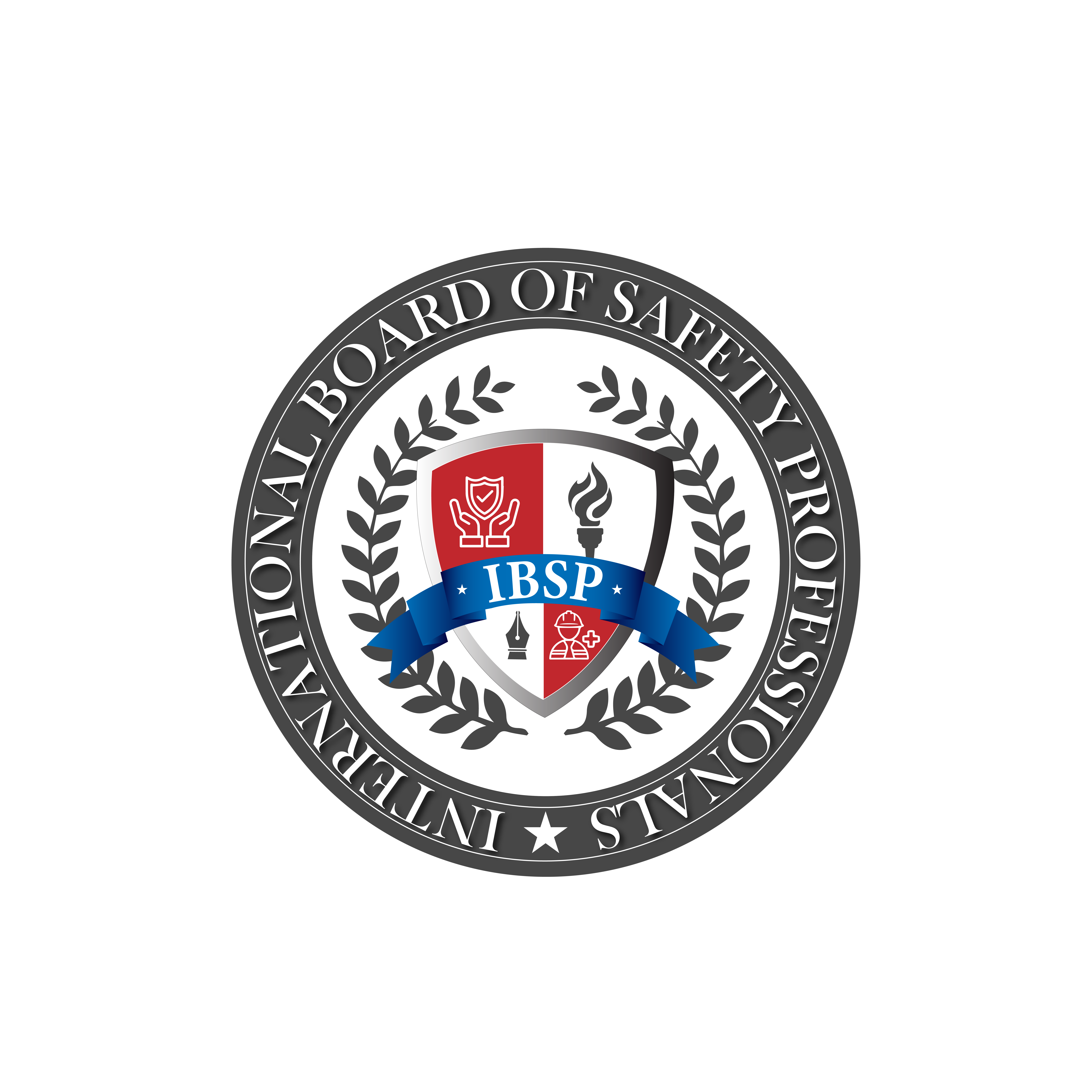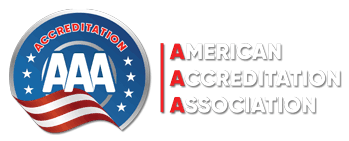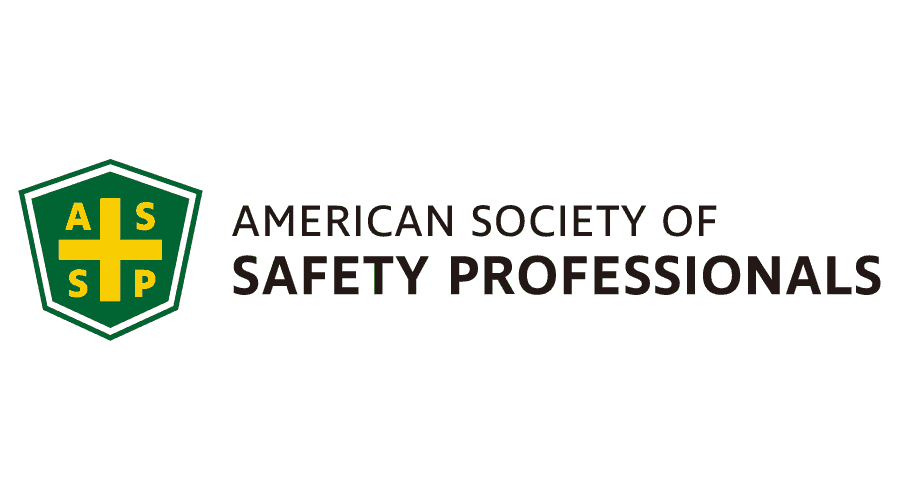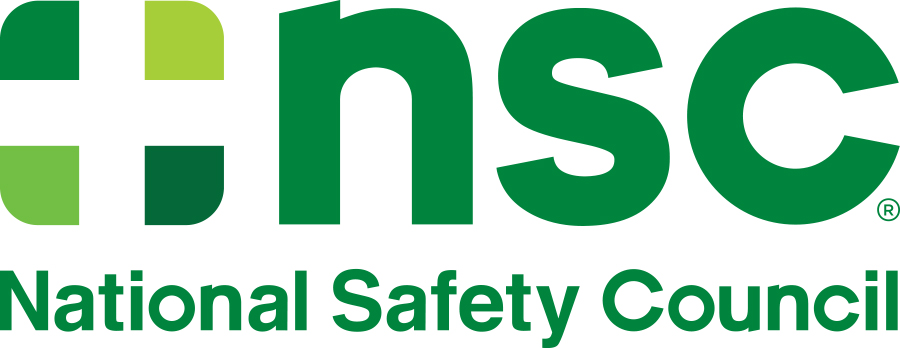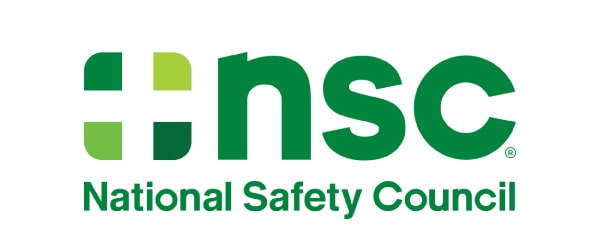IBSP Diploma in Occupational Health and safety
Details About IBSP Diploma in Occupational Health and safety
Course Overview:
The IBSP Diploma in Occupational Health and Safety is an extensive program that equips students with the essential skills and knowledge required to create and maintain safe working environments across diverse industries. This diploma covers fundamental concepts of occupational health, safety laws, risk assessment techniques, and incident prevention strategies. It emphasizes the identification, evaluation, and management of workplace hazards, enabling students to handle a variety of health and safety challenges.
The course addresses topics like workplace hazard controls, accident investigation, and emergency preparedness, which are crucial for developing a proactive approach to health and safety. With modules focused on industrial hygiene and health and safety management systems, students gain insights into designing and implementing effective safety programs. The curriculum also aligns with industry standards and regulations, preparing participants for compliance with local and international occupational safety requirements. By the end of this diploma, students will be able to evaluate risks, implement preventive measures, and lead initiatives to promote safer working environments, enhancing their professional capabilities in safety management.
Course Modules:
- OHS-011 Module 1 : Fundamentals of Occupational Health and Safety
- Introduction to occupational health and safety (OHS).
- Understanding the scope and significance of OHS in various industries.
- The role of OHS professionals in maintaining workplace safety.
- LRF-012 Module 2 : Legal and Regulatory Framework
- Overview of global OHS laws and standards (e.g., OSHA, ISO 45001).
- Understanding employer and employee responsibilities under OHS regulations.
- The importance of compliance and the consequences of non-compliance.
- RHI-013 Module 3 : Risk Assessment and Hazard Identification
- Techniques for conducting risk assessments in the workplace.
- Identifying common workplace hazards (e.g., physical, chemical, biological).
- Implementing control measures to mitigate identified risks.
- SMS-014 Module 4 : Workplace Safety Management Systems
- Development and implementation of safety management systems (SMS).
- Components of an effective SMS, including policies, procedures, and documentation.
- Monitoring, auditing, and continuous improvement of safety management systems.
- IIR-015 Module 5 : Incident Investigation and Reporting
- Steps to effectively investigate workplace incidents and accidents.
- Root cause analysis techniques to identify underlying issues.
- Reporting and documenting incidents, including legal and regulatory requirements.
- HSA-016 Module 6 : Occupational Health and Safety Audits
- Planning and conducting internal and external OHS audits.
- Tools and techniques for auditing OHS management systems.
- Reporting audit findings and implementing corrective actions.
Who Needs IBSP Diploma in Occupational Health and safety ?
- Occupational health and safety officers.
- Managers, supervisors, and team leaders responsible for workplace safety.
- HR professionals involved in employee health and safety policies.
- Employees working in high-risk industries (such as construction, healthcare, and manufacturing.
- Anyone aspiring to specialize in health and safety management.
What Are the Benefits of IBSP Diploma in Occupational Health and safety ?
- Develop expertise in identifying and managing workplace hazards.
- Gain practical knowledge of health and safety laws and regulations.
- Learn effective risk assessment and incident investigation techniques.
- Improve career prospects in occupational health and safety fields.
- Enhance skills in creating compliant and safe work environments
Assessment Systems:
The assessment structure includes:
- Module-based assignments and practical projects.
- Case studies and scenario analyses.
- A comprehensive final examination to assess knowledge and application skills.
Course Duration:
The program is designed to be completed in 3-6 months.

